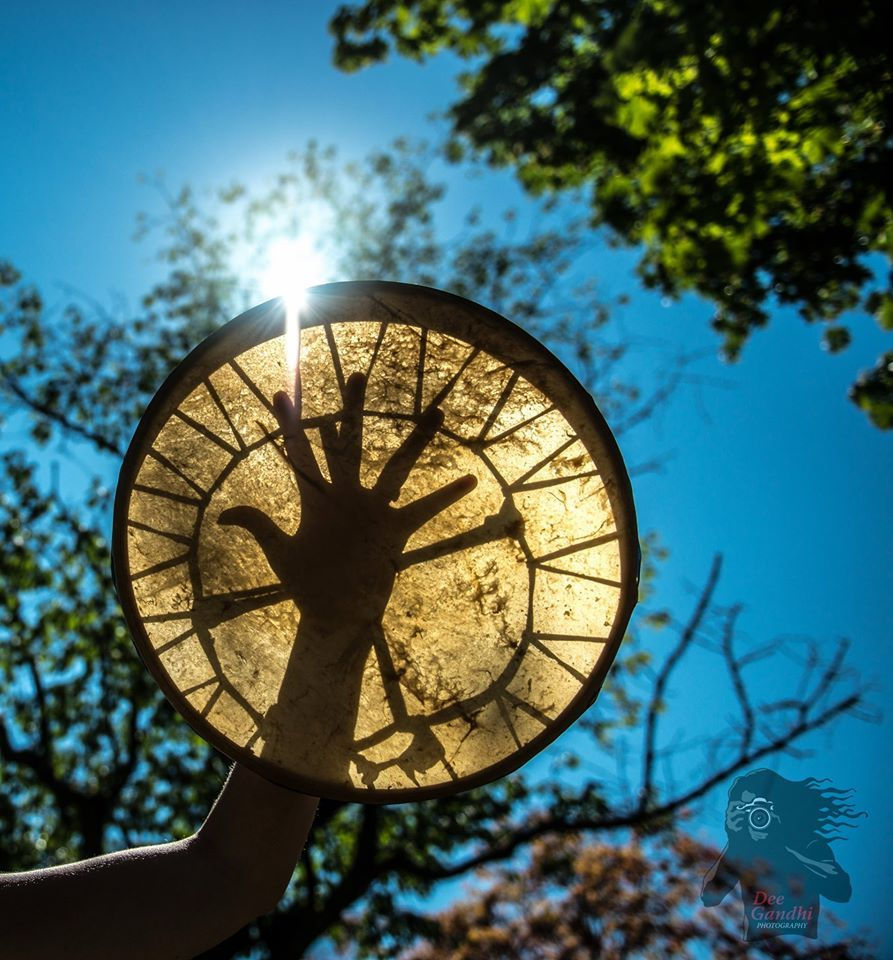Paganism, Christianity and Superstition
- Robin Kimbrel-Wiggs
- Feb 5, 2020
- 4 min read
February 1st and 2nd, the time of Imbolc and Ground hog Day.
Imbolc, which is a Celtic/Pagan/Wiccan holiday which celebrates the returning of the light, spring and rebirth. Often celebrated with candles and specific foods. This runs from Feb 1st through Feb 2nd.
February 2nd we have Punxsutawney Phil, from Pennsylvania who predicts either an early spring or more winter.
And we have the Cailleach, a divine hag or ‘wise woman’ who would predict either an early spring or more winter based on whether she would wake up from her sleep and gather more firewood which meant more winter, or continue sleeping and run out of wood which meant an early spring. This is also a Celtic or Gaelic belief or superstition.
Groundhog day is actually rooted in astronomy and it signifies the halfway point between the winter solstice in December and the spring equinox in March. Which is also the basis for Imbolc.
Here is a bit of trivia, Groundhog day was actually a stunt by a newspaper around 1887, in Punxsutawney Pa which, of course, we still celebrate today.
Groundhog day and Imbolc both mark the mid-point between seasons. Between our winter solstice and the spring equinox in the Northern Hemisphere.
Groundhog day is also believed to be an adaptation of a German holiday called Candlemas which is celebrated today in Christianity.
Now, stay with me here.
Candlemas and Imbolc have aspects in common as they are celebrations of purification and the returning of light.
Imbolc, the pagan holiday, translates to ‘in the belly’ referring to the spring lambs ready to be born. A time of rebirth and the returning of light. Triumph over death and darkness.
Now, Brigid is the Celtic goddess associated with Imbolc. She is the goddess of purification through fire or light, the tender of the cauldron as well as the goddess of fertility and agriculture.
In the 12th century, legend holds that the nuns in Kildare attended to a fire built in St. Brigid’s honor. The fire had burned for 500 years and produced no ash, and only women were allowed in proximity of the fire.
The celebration of St. Brigid’s Day on February 1 was put in place by the church to replace Imbolc. On her feast day, an effigy of St. Brigid of Kildare is traditionally washed in the ocean and surrounded by candles to dry, and stalks of wheat are transformed into cross talismans known as Brigid crosses.
Groundhog day has a rich history which speaks of the triumph of spring over winter, light over darkness, rebirth over death. The coming of spring or a barometer on whether to plant your crops now or wait for 6 more weeks.
Candlemas is a festival or celebration of lighting candles to celebrate the presentation of the Christ Child to the church in Jerusalem.
Here is a poem for you;
If Candlemas [February 2] be mild and gay, Go saddle your horses and buy them hay; But if Candlemas be stormy and black, It carries the winter away on its back. If it’s a nice day on Feb 2nd, you have more winter. If it’s a stormy day, winter is almost over.
Just half your wood and half your hay, Should be remaining on Candlemas Day. Which goes along with the Cailleach and her wood for her fire.
When the wind’s in the east on Candlemas Day, There it will stick till the 2nd of May.
On Candlemas Day, if the thorns hang a drop, You are sure of a good pea crop.
Over the centuries Brigid, the Celtic goddess, was adopted into Christianity as ST. Brigid. She is one of Ireland's 3 Patron Saints.
The Catholic church claims she is a true historical person, claiming accounts of her life written by monks dating back to the 8th century.
In this role in the Catholic Church, she is the Patron Saint of Irish Nuns, newborns, midwives, dairy maids and cattle.
And there you are. This is how we, as humans, take traditions and superstitions and adapt them for the time in history as well as what the people want or need at the time.
There is much information, if you research, where pagan celebrations, festivals, and holidays were adapted to Christianity in order to bring the people over to their side.
The superstition of Groundhog day originally started out as a prank, as I said earlier, and yet in that process they were using animal knowledge and intuition to predict the weather. And we still celebrate this prank today after well over 100 years.
The purpose of all of these, Imbolc, Candlemas, Groundhog Day, Cailleach, are all centered around the returning of the light. Of rebirth of spring over the death of winter. Of the longer days of light over the shorter days of darkness.
They all use light on some way, the Cailleach with her wood for her fire, Brigid as the tender of the flame, Candlemas for lighting candles and the groundhog using the light as reflected in his shadow.
It doesn’t matter how you celebrate or if you celebrate at all. I feel what is important is if you do celebrate, understand what you are celebrating and why. What are it’s origins and please, don’t defile or demean anyone else’s way of celebrating in their way.
However we celebrate we all have the same intention, a deeper connection with nature, earth and the natural cycles that we are a part of.
Love.Create.Be.
Robin



Comments